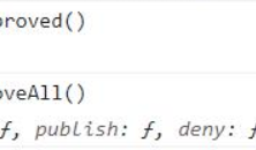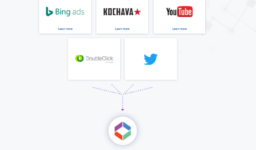Within the Adobe Analytics tool there are 4 main ways to deal with IP address exclusions:
1) Out of the box “Exclude by IP” functionality
This method can be accessed by going to the global ‘Admin’ drop down menu and selecting “Exclude by IP”. Instructions on how to use this are contained within the page and it is by far the easiest method of removing traffic from specific IP addresses/ranges.
However, the disadvantage of this is that any excluded data is effectively lost for ever so this is not suitable if you ever want to analyse data from internal traffic for a given report suite.
Hint: what is not immediately obvious is that the exclusions work on a report suite by report suite basis – you need to make sure the correct report suite is selected in the top right hand corner
2) Get Adobe engineering to build a DB VISTA Rule
Typically this method would be used if you wanted to siphon off the internal traffic into a separate report suite to analyse separately from your external traffic. However, Adobe engineering have an awful lot of flexibility within VISTA rules you are not limited on just siphoning data to a separate report suite if you can think of something more creative that you want to do!
The basic approach would be for Adobe Engineering to build a “DB” (Database) Vista rule that allow you to upload and manage via FTP a list of IP address that are excluded (i.e. allowing you to manage going forward without further intervention from Adobe Engineering).
As with all VISTA rules there will almost certainly be a cost associated with this.
3) Use Processing Rules in combination with Virtual Report Suites
IP address is available in processing rules, even if you’ve set your privacy settings to remove IP a ddress from your data.
This means you can using processing rules to set a value into a variable whenever you see an internal IP address (e.g. overwrite prop1 with a custom value of “internal traffic”)
The value captured can be used to segment your data or, as we do, used to created virtual report suites (e.g. one with external traffic, one with internal traffic)
The advantages of this is that it is non destructive and there is no cost. Though it is not retroactive process and will be affective after the setup.
4) Use segment or VRS
If you have list of IP address available in report suite then you can create segment and apply that on reports or create a VRS and you can share that VRS to stake holders. It is retro-active process.



Leave a comment
[wpqa_login]